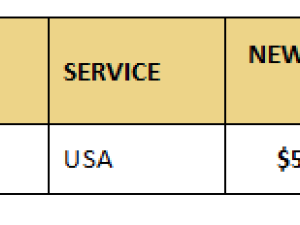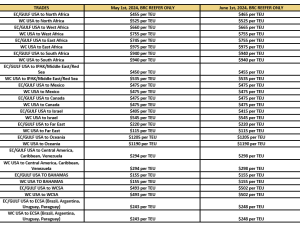The chairman of A.P. Moller-Maersk A/S, Jim Hagemann Snabe, says it’s proving difficult to get enough women to apply for top management jobs at the world’s biggest container-shipping company.
After appointing a lone woman to its C-suite in 2020, Maersk is trying to tip the balance toward better gender diversity in an “industry that’s been traditionally dominated by men,” Snabe said in Copenhagen on Tuesday.
“The biggest challenge is actually that we don’t get enough women up through the management system,” Snabe said. He says Maersk has now “set up goals and plans to ensure that competent women have the courage” to apply for such roles.
Shipping remains one of the tougher industries to crack when it comes to gender diversity. In Denmark, home to Maersk, only about 14% of those employed in the industry are women. Maersk has set itself a number of targets across its organizational levels. This year, it wants at least 35% of its senior managers to be women. That figure was 30% in 2020.
“My experience is that they are at least as skillful, if not more skillful, than their male colleagues,” Snabe said. “We need to take advantage of that.”
A First
In 2020, Maersk parted ways with its first ever female chief financial officer. Carolina Dybeck Happe, who left to join General Electric Co., had only been with the Danish shipping giant for roughly a year. That same year, Maersk brought Henriette Hallberg Thygesen into its executive management team, ensuring the group wasn’t all-male. Thygesen runs Maersk’s fleet and strategic brands unit.
But Maersk also faces diversity challenges beyond gender. The company has a history of grooming its leaders from a pool of young men who have tended to climb the ranks from its trainee program. Of the five people in its executive board, only one—CFO Patrick Jany—has any substantial work experience outside the company.
The Maersk chairman, who spoke after the company held its annual general meeting, also said executive bonuses will in future probably be linked to environmental, social and governance goals. But Snabe said it’s unlikely that sex equality will become part of that incentive structure.
“I don’t imagine that we would use gender diversity as a bonus parameter but rather as an assumption for management,” he said. The idea is to “drive progress through concrete plans instead of bonuses.”










